Stable Sulfur‐Intercalated 1T′ MoS2 on Graphitic Nanoribbons as Hydrogen Evolution Electrocatalyst10/17/2018 The metastable 1T’ polymorph of MoS2 is an excellent catalyst towards the hydrogen evolution reaction. However, its production is limited by its lower energetic stability compared to the semiconductor 2H MoS2 phase. Stabilization of the 1T’ polymorph can be achieved through intercalation of sulfur-based compounds without adversely affecting its catalytic properties. In this occasion, the production of stable intercalated 1T′ MoS2 nanosheets attached on graphitic nanoribbons was published in the journal of Advanced Functional Materials. Joakim Ekspong, Robin Sandström, Lakshmy Pulickal Rajukumar, Mauricio Terrones, Thomas Wågberg, and Eduardo Gracia‐Espino. Advanced Functional Materials, 2018, 1802744 https://doi.org/10.1002/adfm.201802744 Abstract The metastable 1T′ polymorph of molybdenum disulfide (MoS2) has shown excellent catalytic activity toward the hydrogen evolution reaction (HER) in water‐splitting applications. Its basal plane exhibits high catalytic activity comparable to the edges in 2H MoS2 and noble metal platinum. However, the production and application of this polymorph are limited by its lower energetic stability compared to the semiconducting 2H MoS2 phase. Here, the production of stable intercalated 1T′ MoS2 nanosheets attached on graphitic nanoribbons is reported. The intercalated 1T′ MoS2 exhibits a stoichiometric S:Mo ratio of 2.3 (±0.1):1 with an expanded interlayer distance of 10 Å caused by a sulfur‐rich intercalation agent and is stable at room temperature for several months even after drying. The composition, structure, and catalytic activity toward HER are investigated both experimentally and theoretically. It is concluded that the 1T′ MoS2 phase is stabilized by the intercalated agents, which further improves the basal planes′ catalytic activity toward HER.
0 Comments
Your comment will be posted after it is approved.
Leave a Reply. |
Nano for Energy group
Categories
All
Featured publications
Comprehensive Study of an Earth-Abundant Bifunctional 3D Electrode for Efficient Water Electrolysis in Alkaline Medium.
ACS Appl. Mater. Interfaces, 2015, 7, 28148 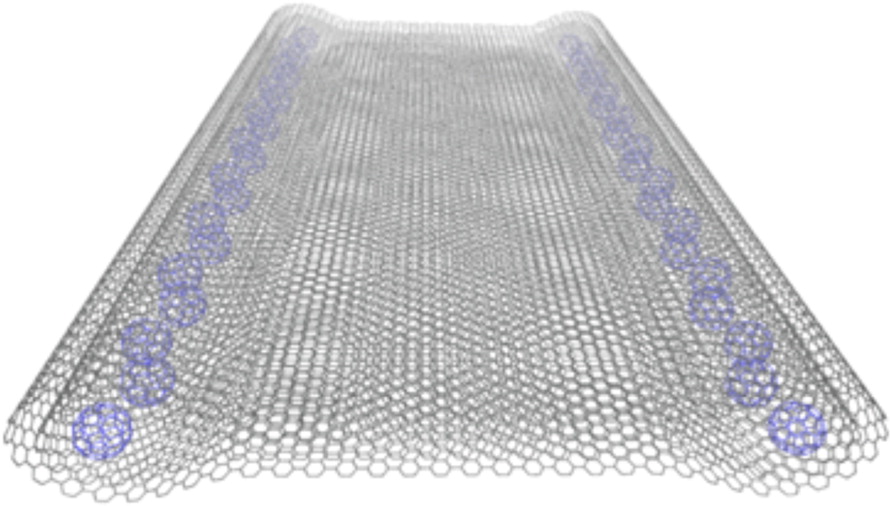
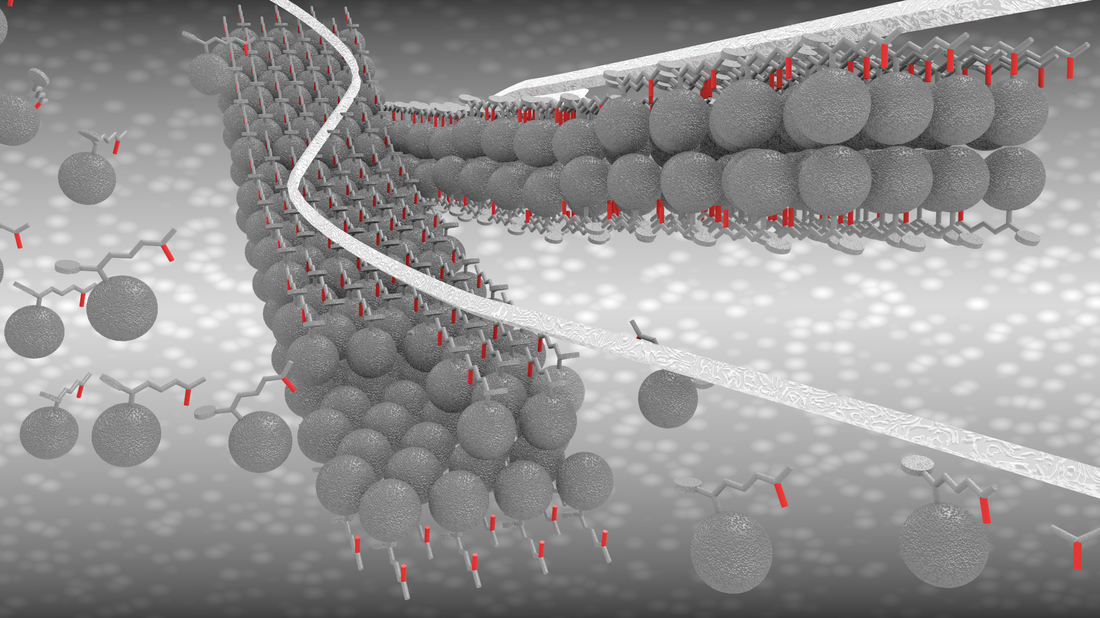
Fabrication of One-Dimensional Zigzag [6,6]-Phenyl-C61-Butyric Acid Methyl Ester Nanoribbons from Two-Dimensional Nanosheets.
ACS Nano, 2015, 9, 10516 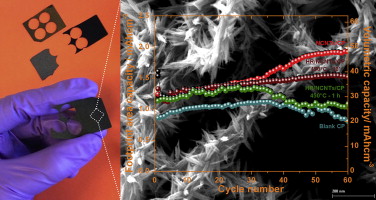
Hierarchical self-assembled structures based on nitrogen-doped carbon nanotubes as advanced negative electrodes for Li-ion batteries and 3D microbatteries.
J. P. Sources, 2015, 279, 581 .Self-Assembly Synthesis of Decorated Nitrogen-Doped Carbon Nanotubes with ZnO Nanoparticles: Anchoring Mechanism and the Effects of Sulfur.
J. Phys. Chem. C, 120, 27849 (2016) Sn/Be Sequentially co-doped Hematite Photoanodes for Enhanced Photoelectrochemical Water Oxidation: Effect of Be2+ as co-dopant.
Sci Rep. 2016; 6: 23183. Atomistic understanding of the origin of high oxygen reduction electrocatalytic activity of cuboctahedral Pt3Co–Pt core–shell nanoparticles.
Catal. Sci. Technol., 2016, 6, 1393-1401 Photocatalytic reduction of CO2 with H2O over modified TiO2 nanofibers: Understanding the reduction pathway.
Nano Res. (2016) 9: 1956. |
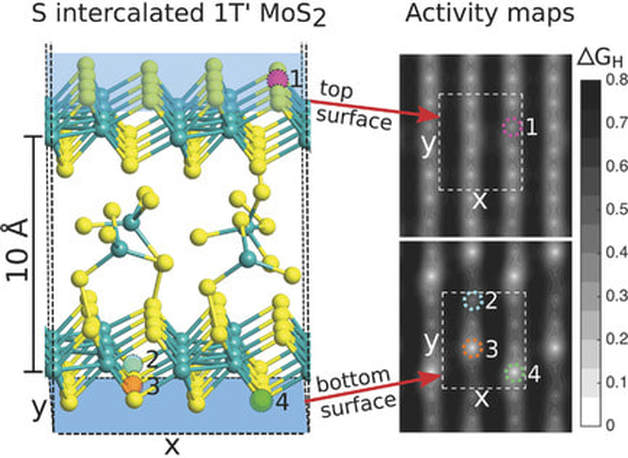
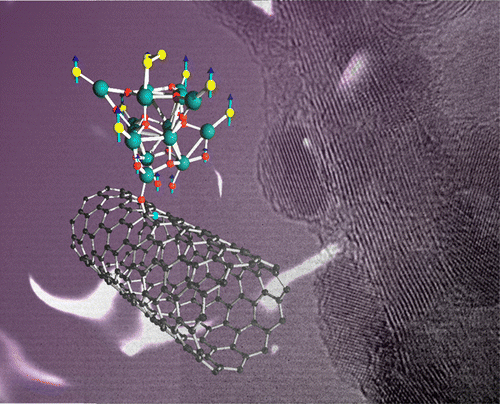
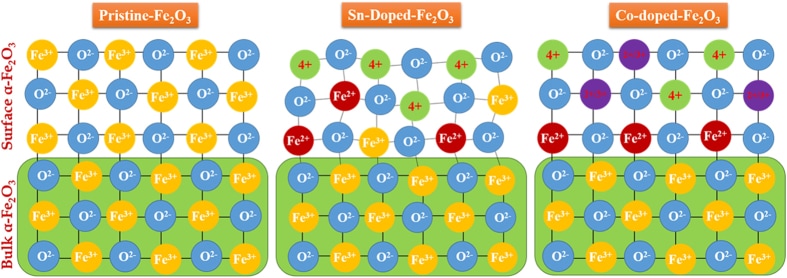
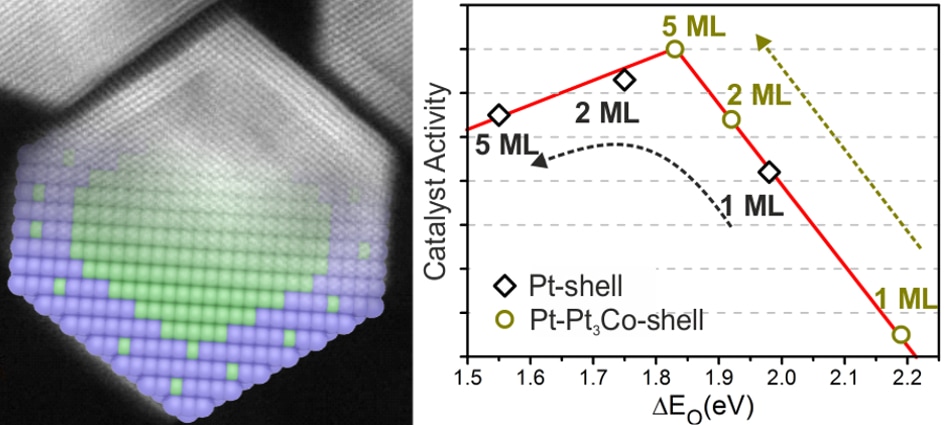
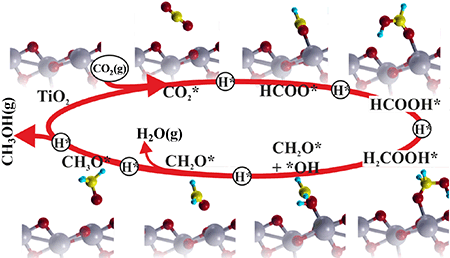
 RSS Feed
RSS Feed